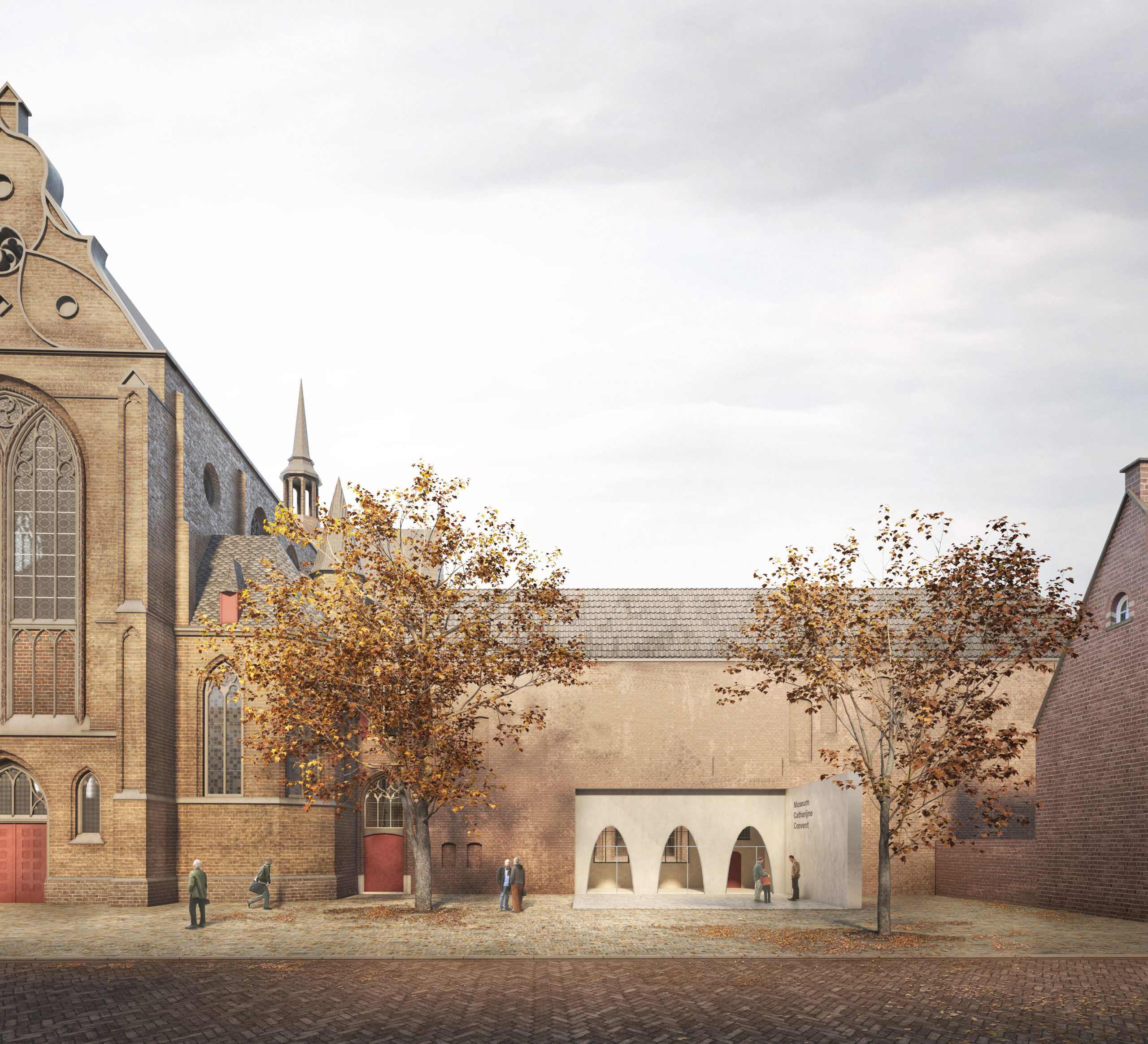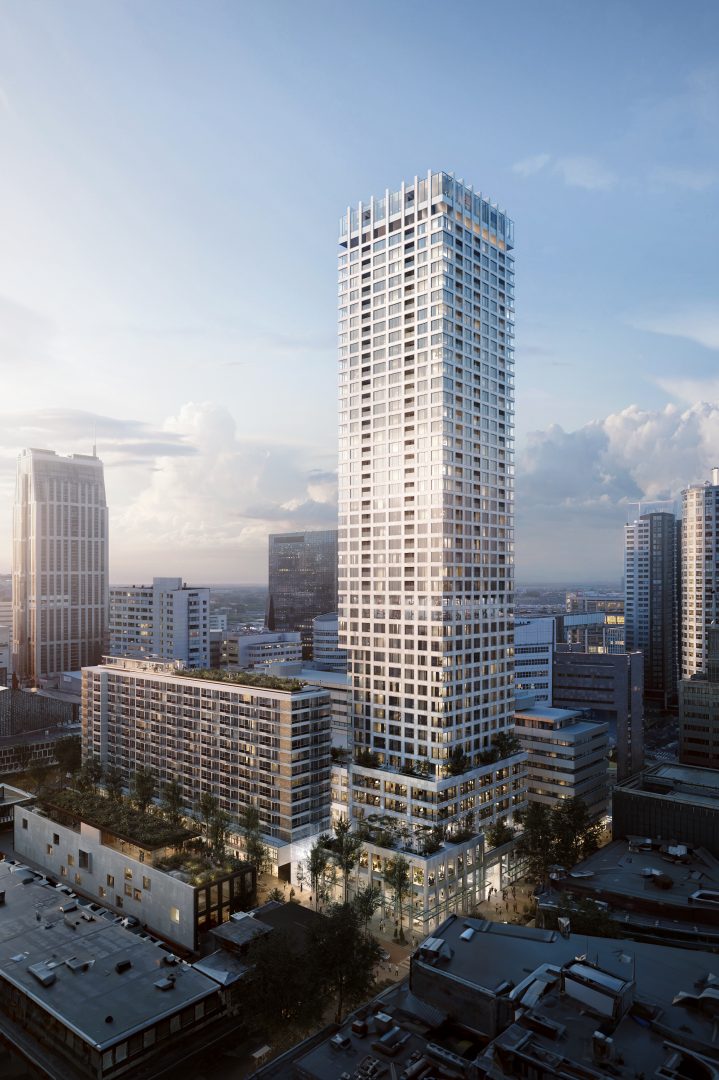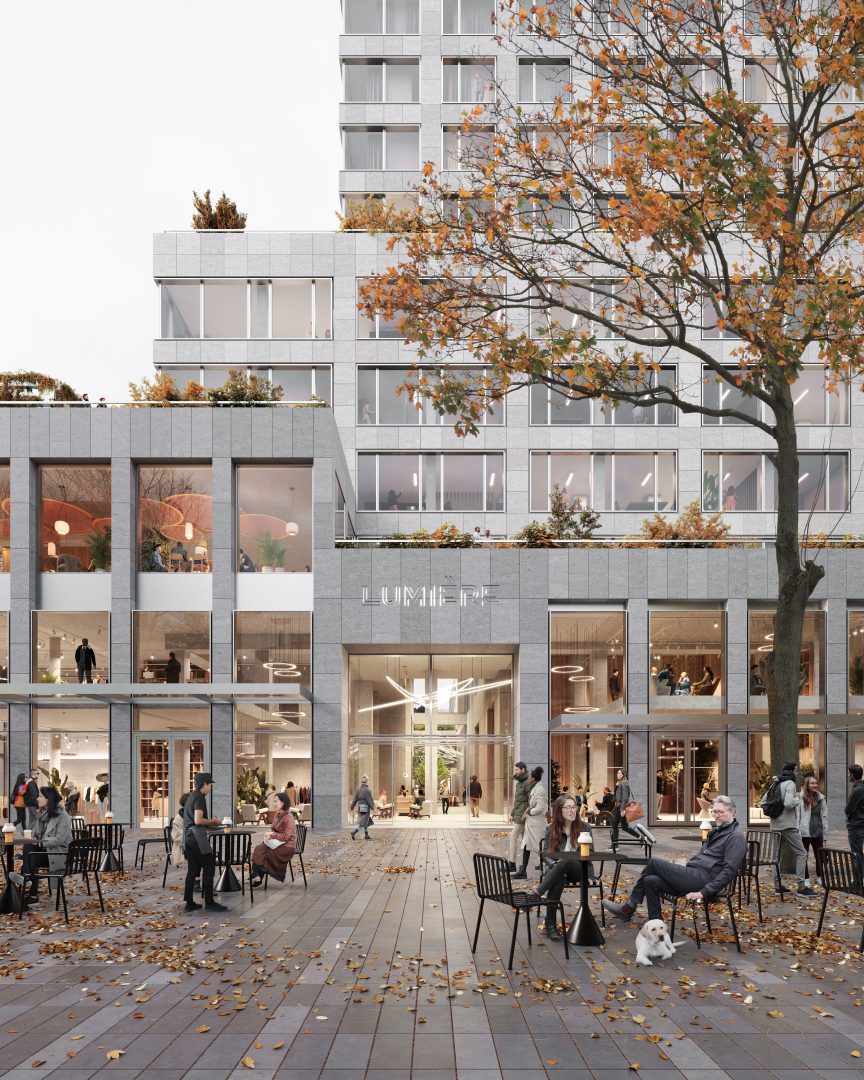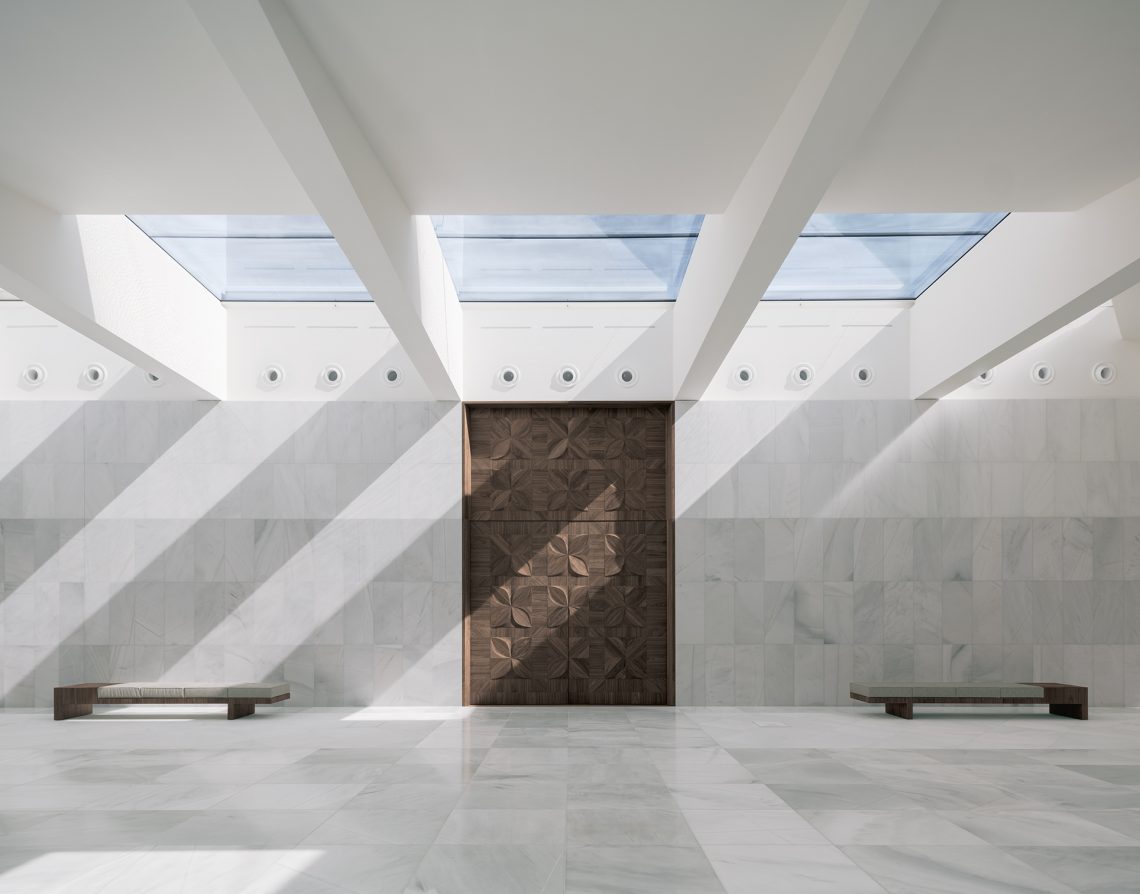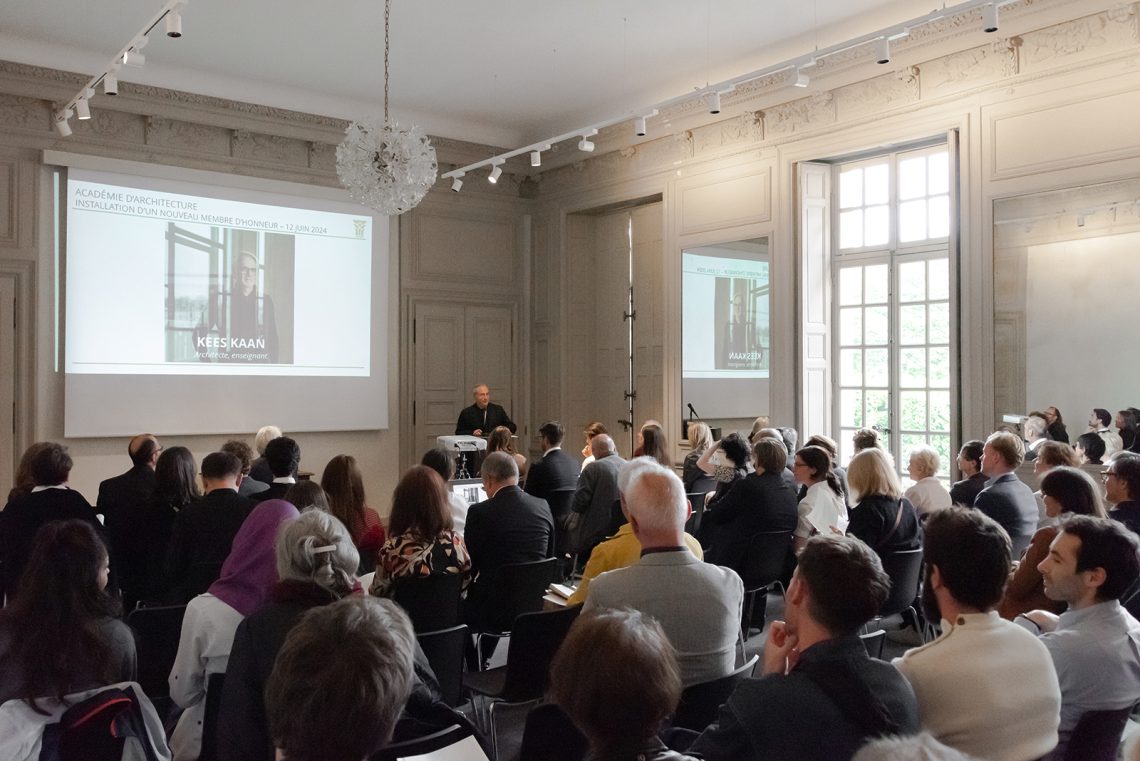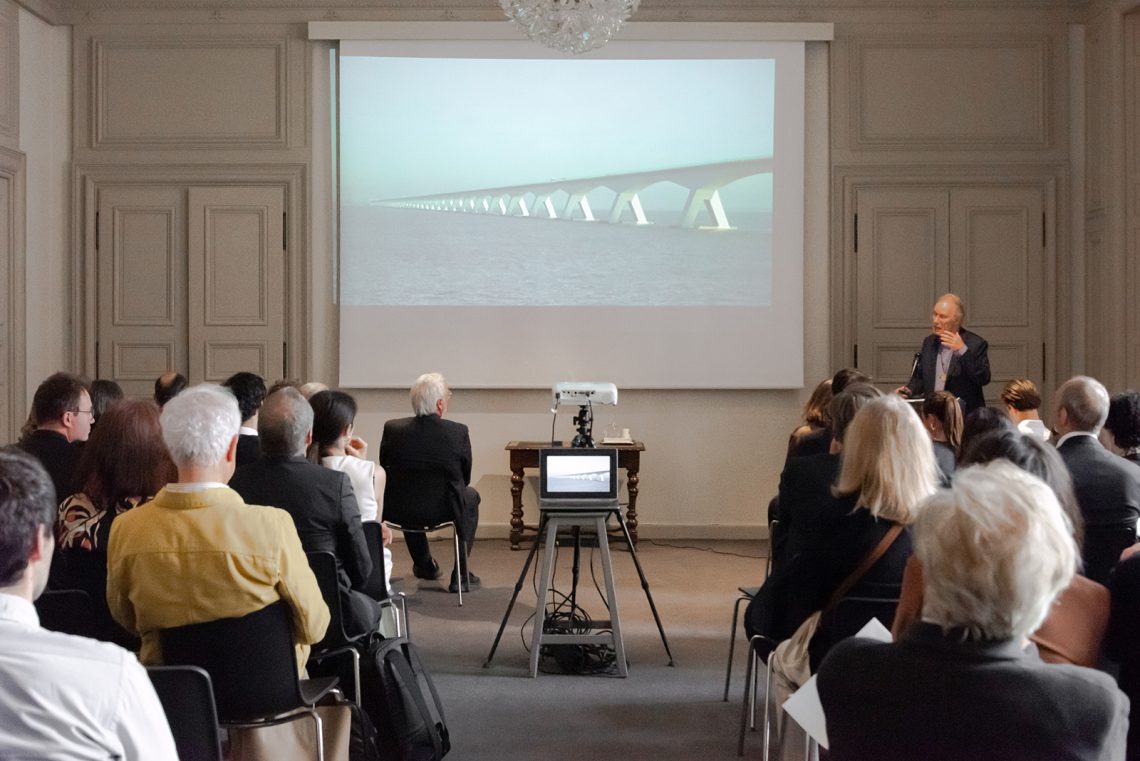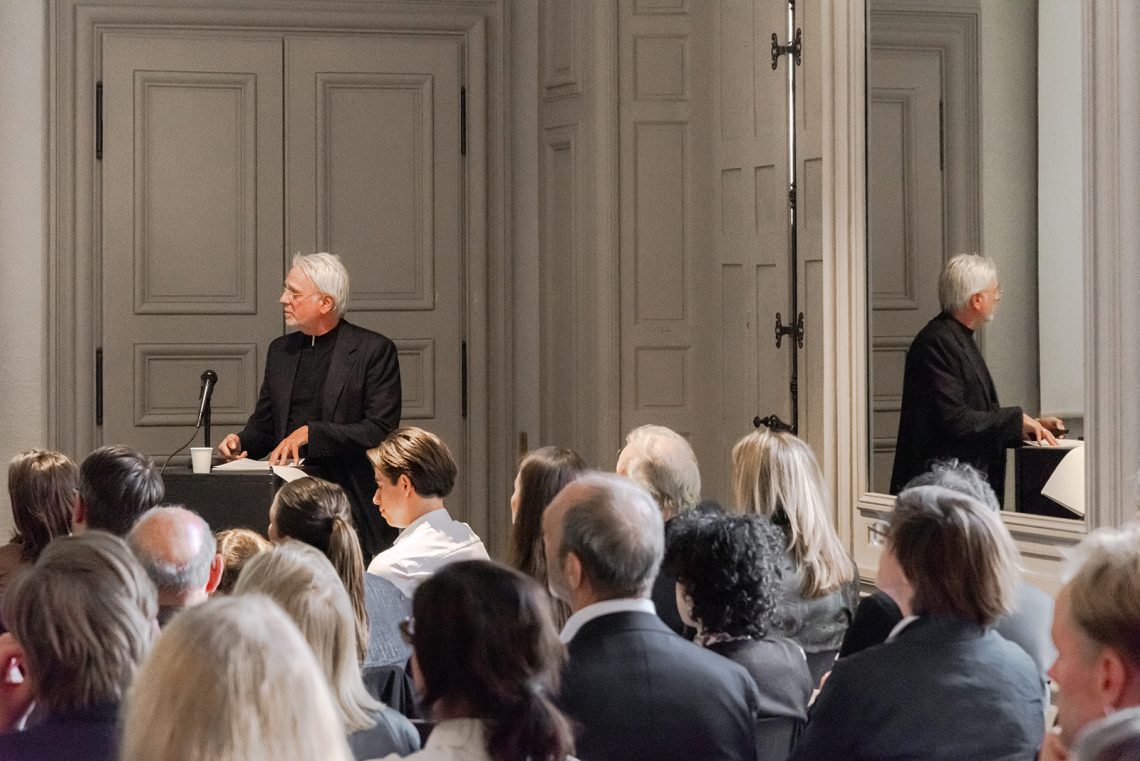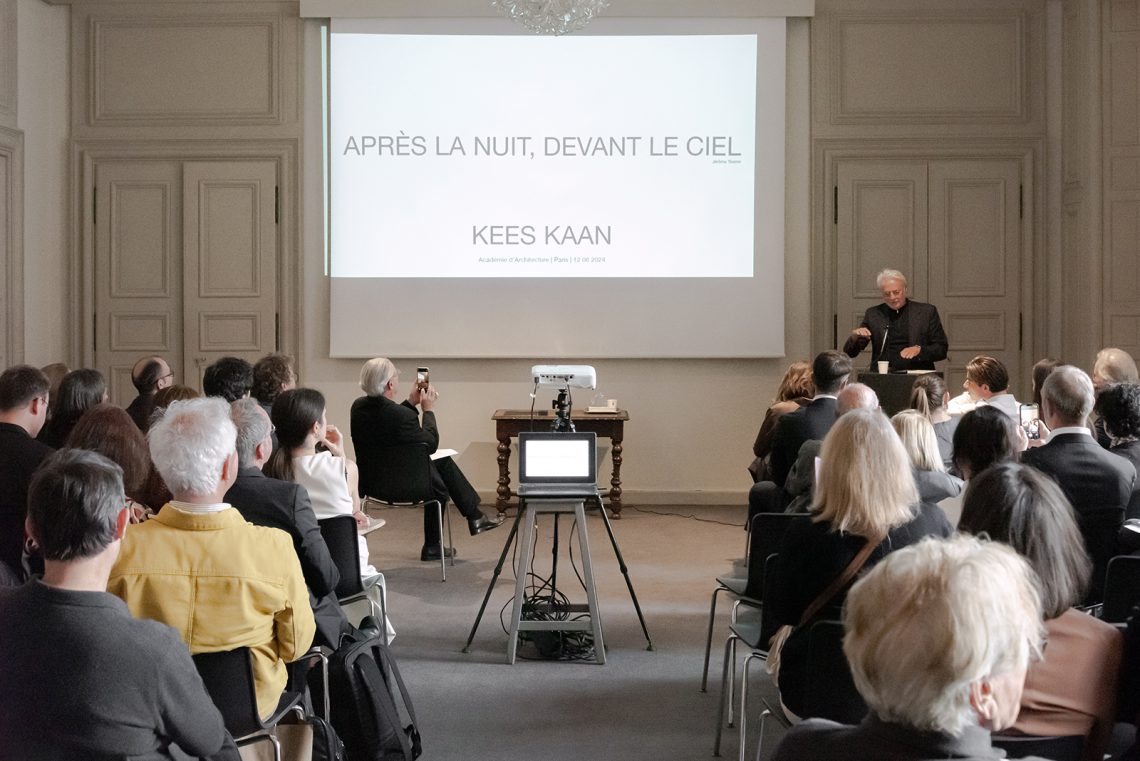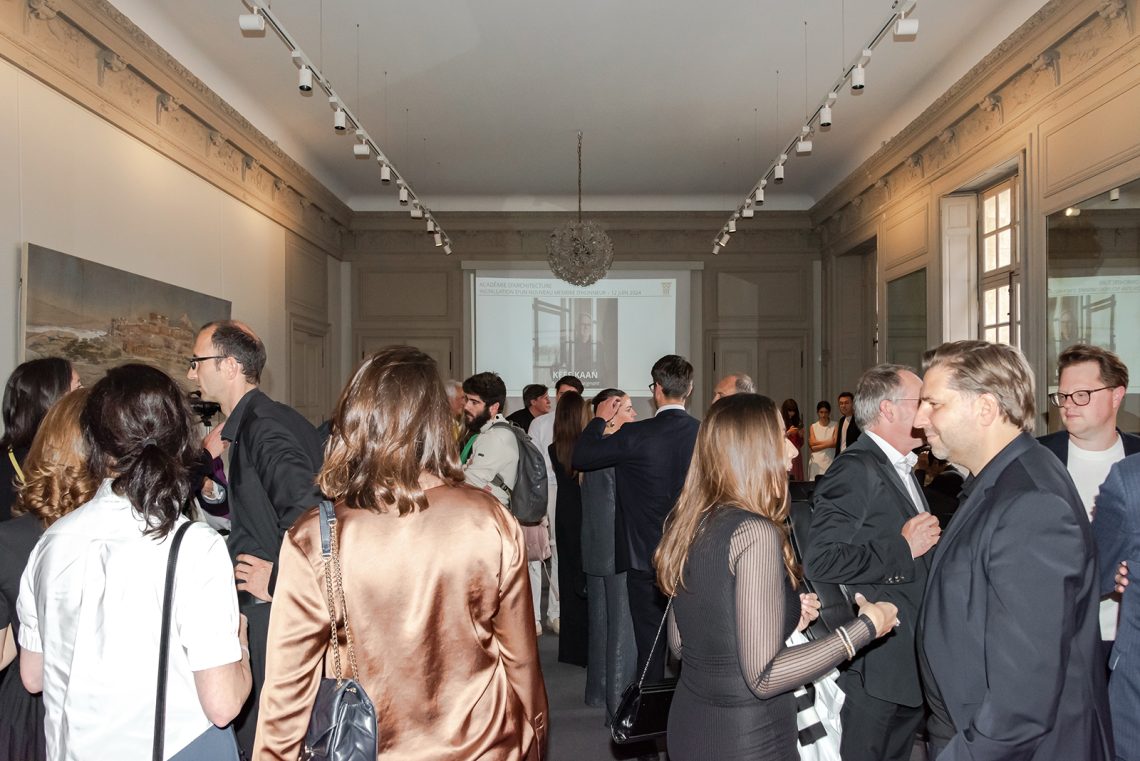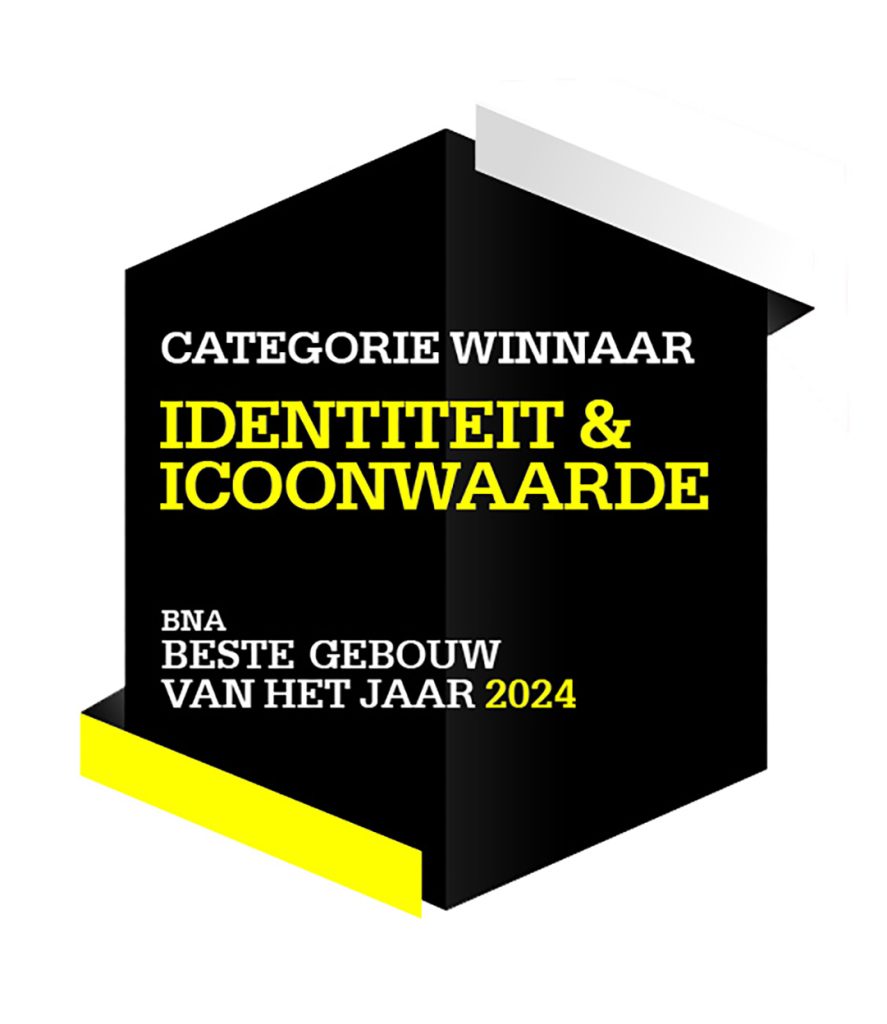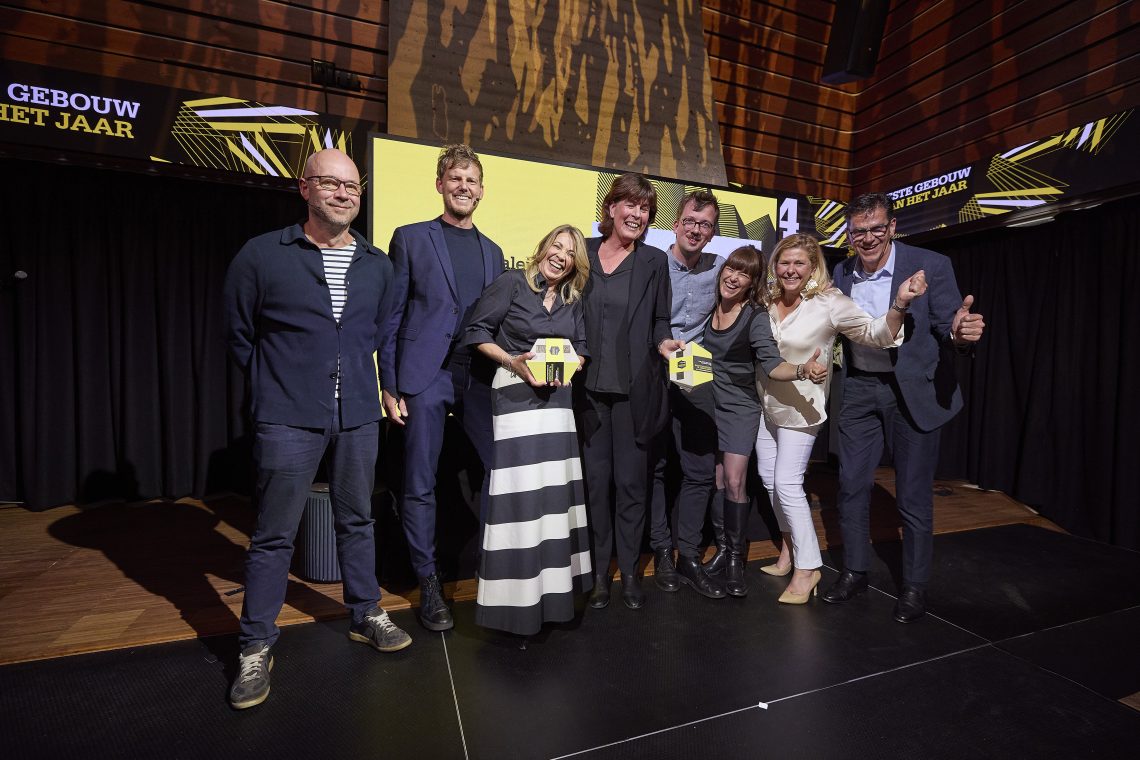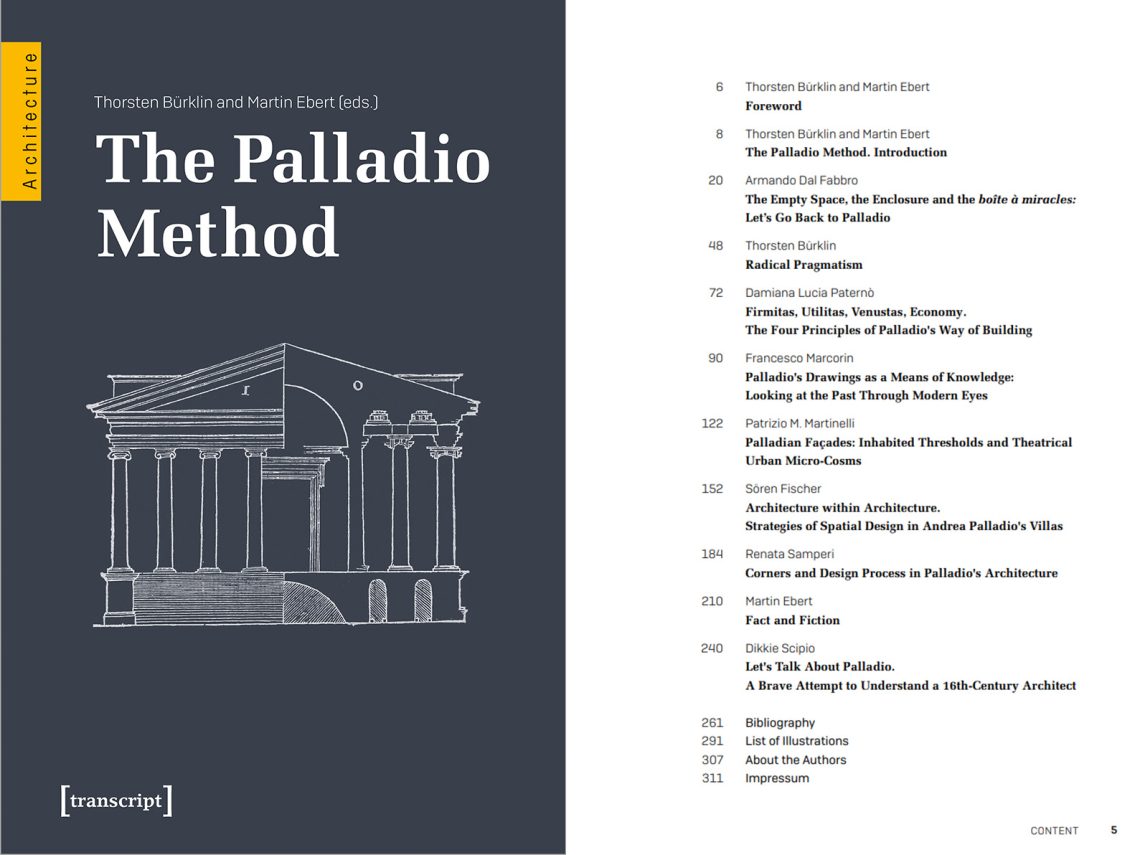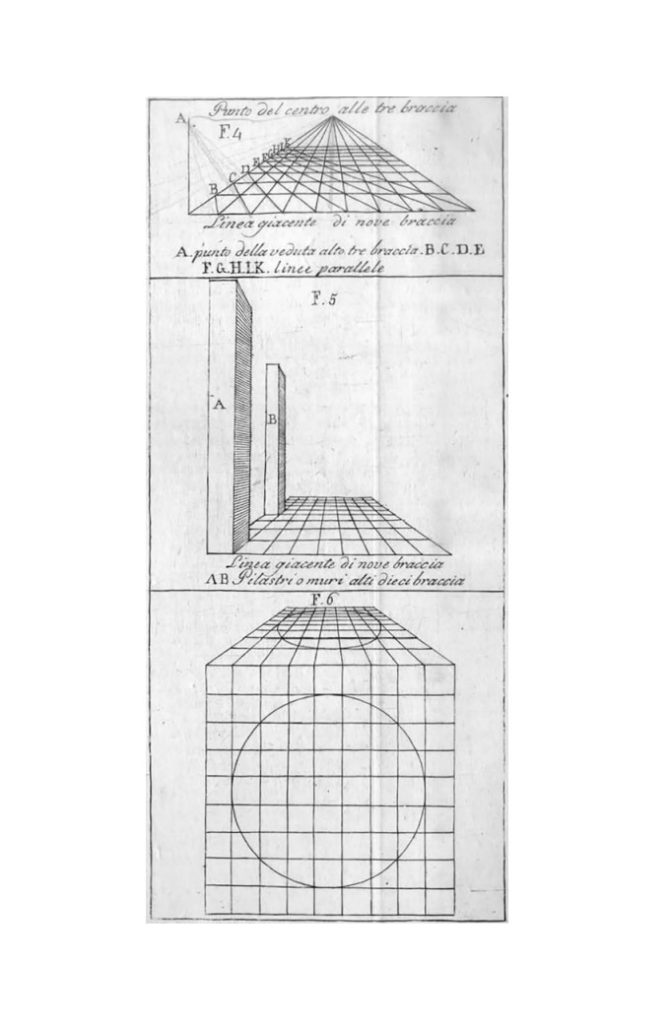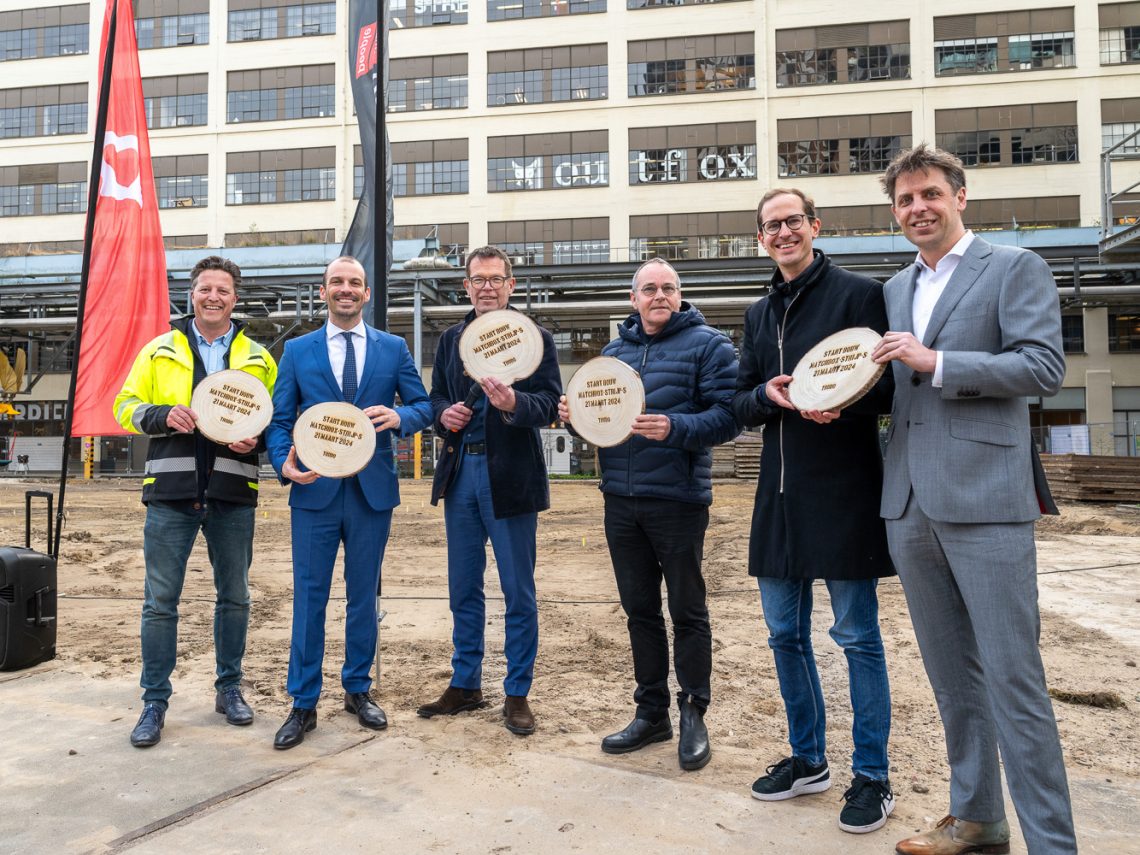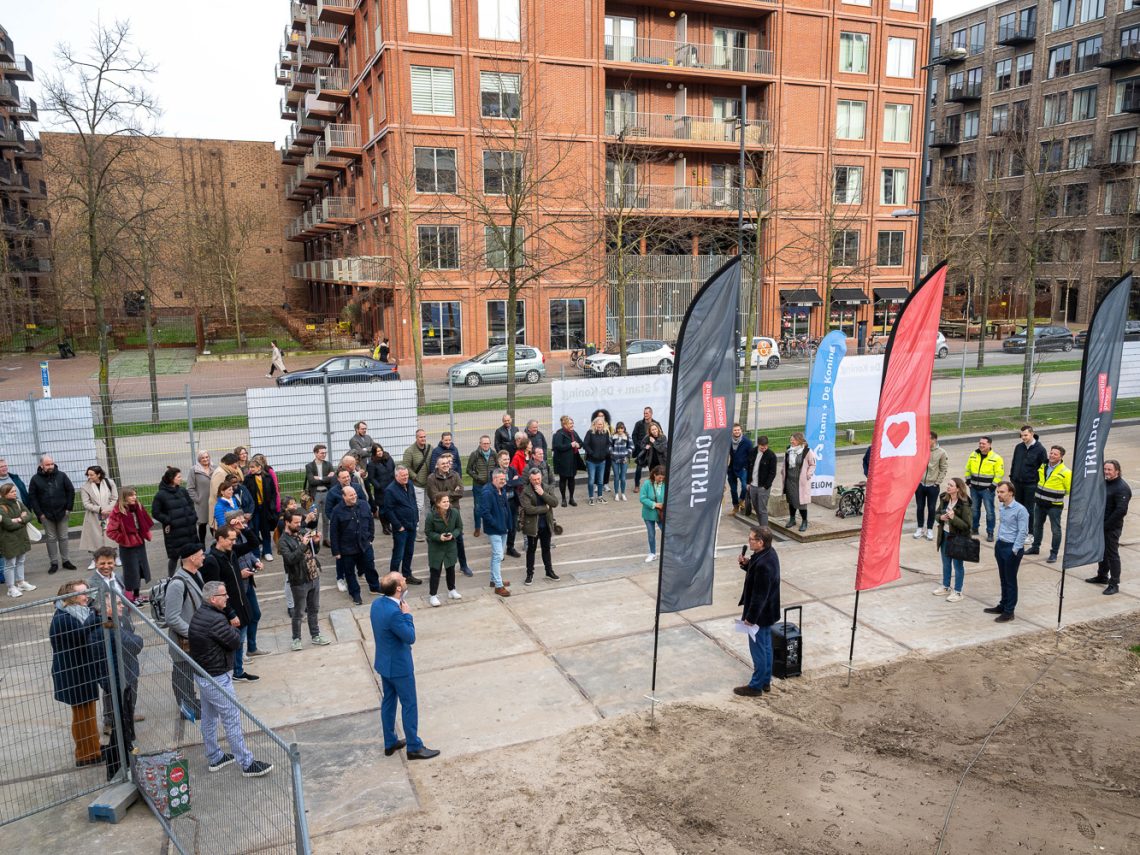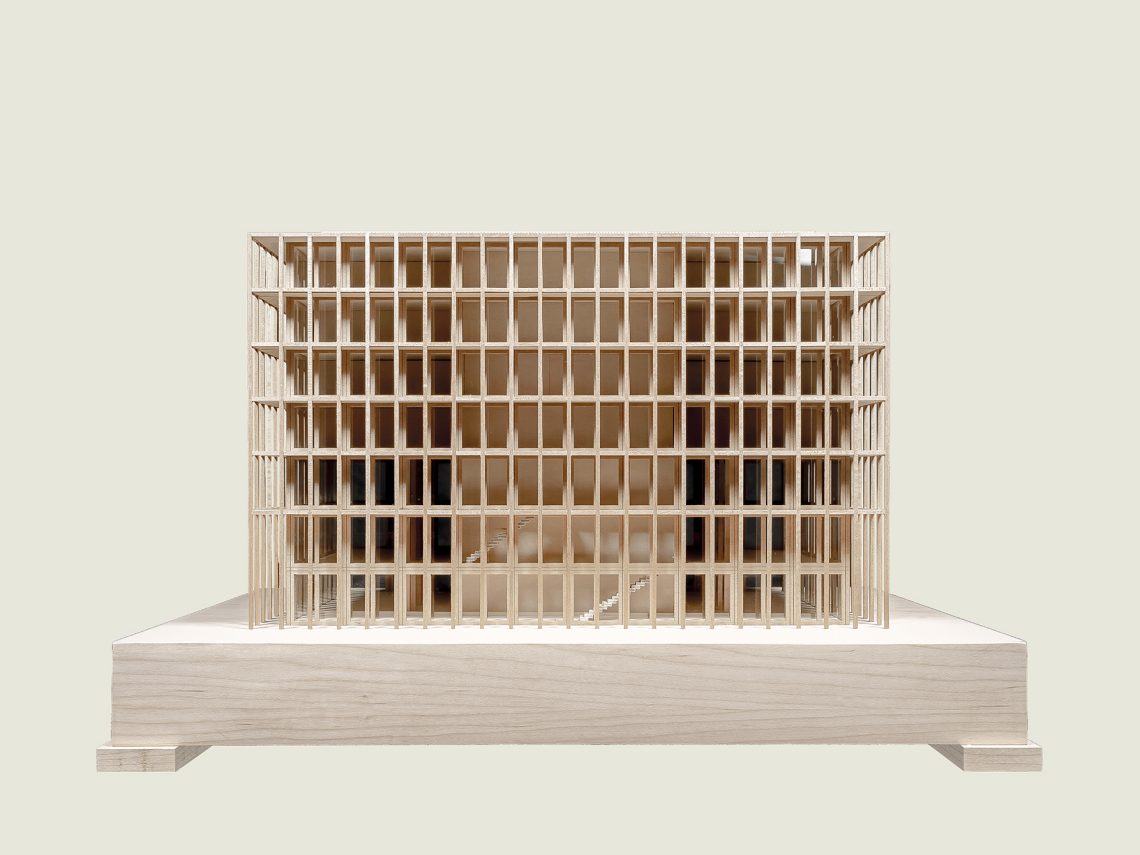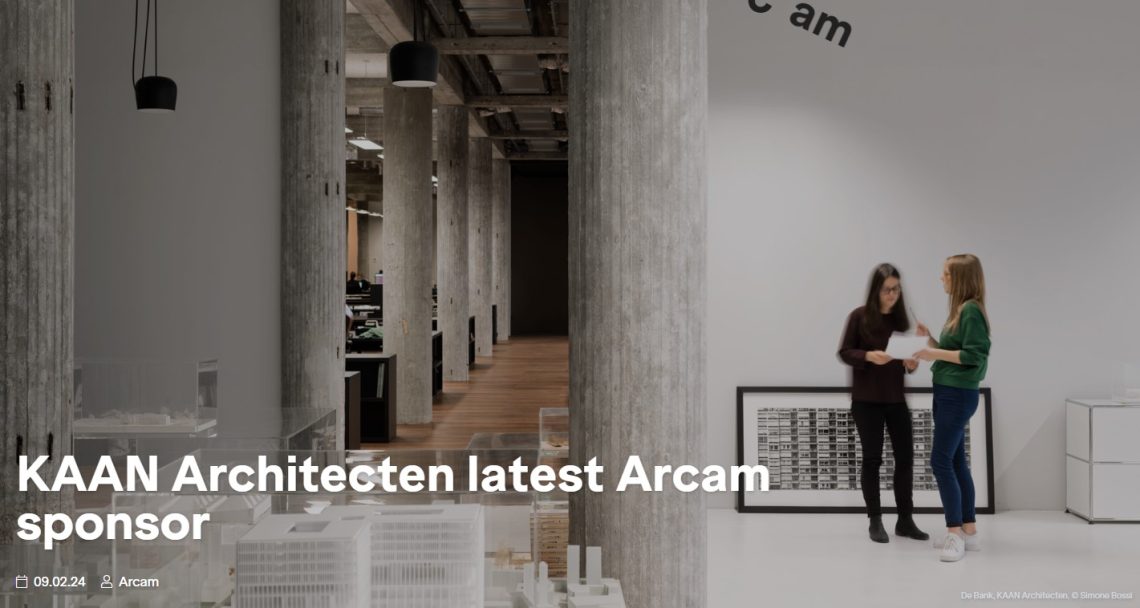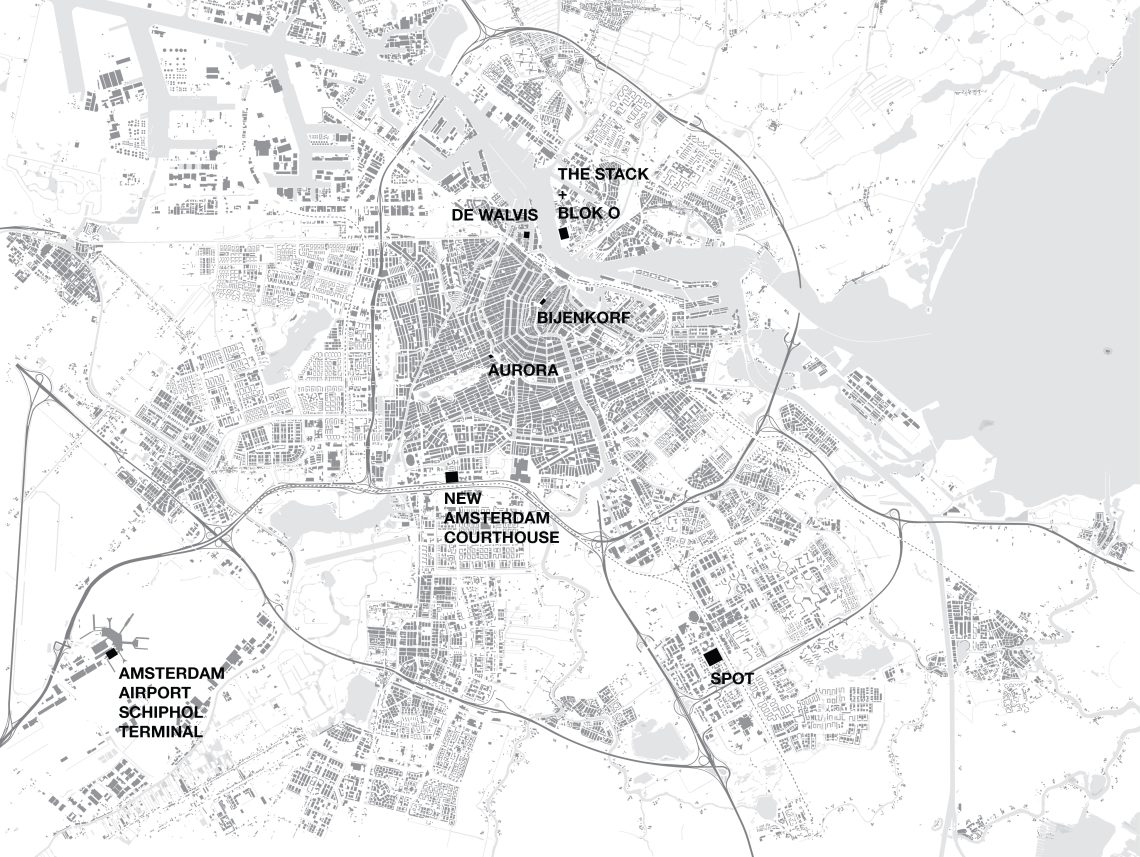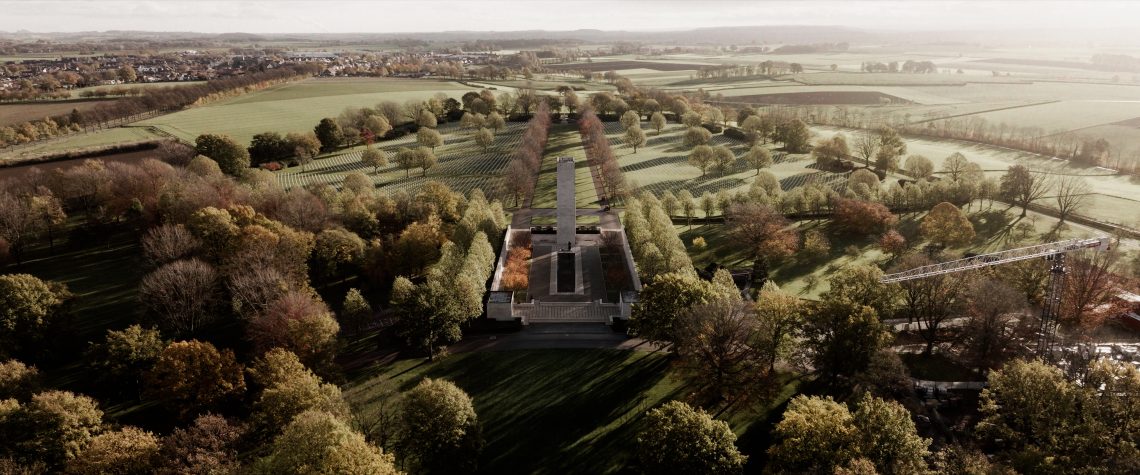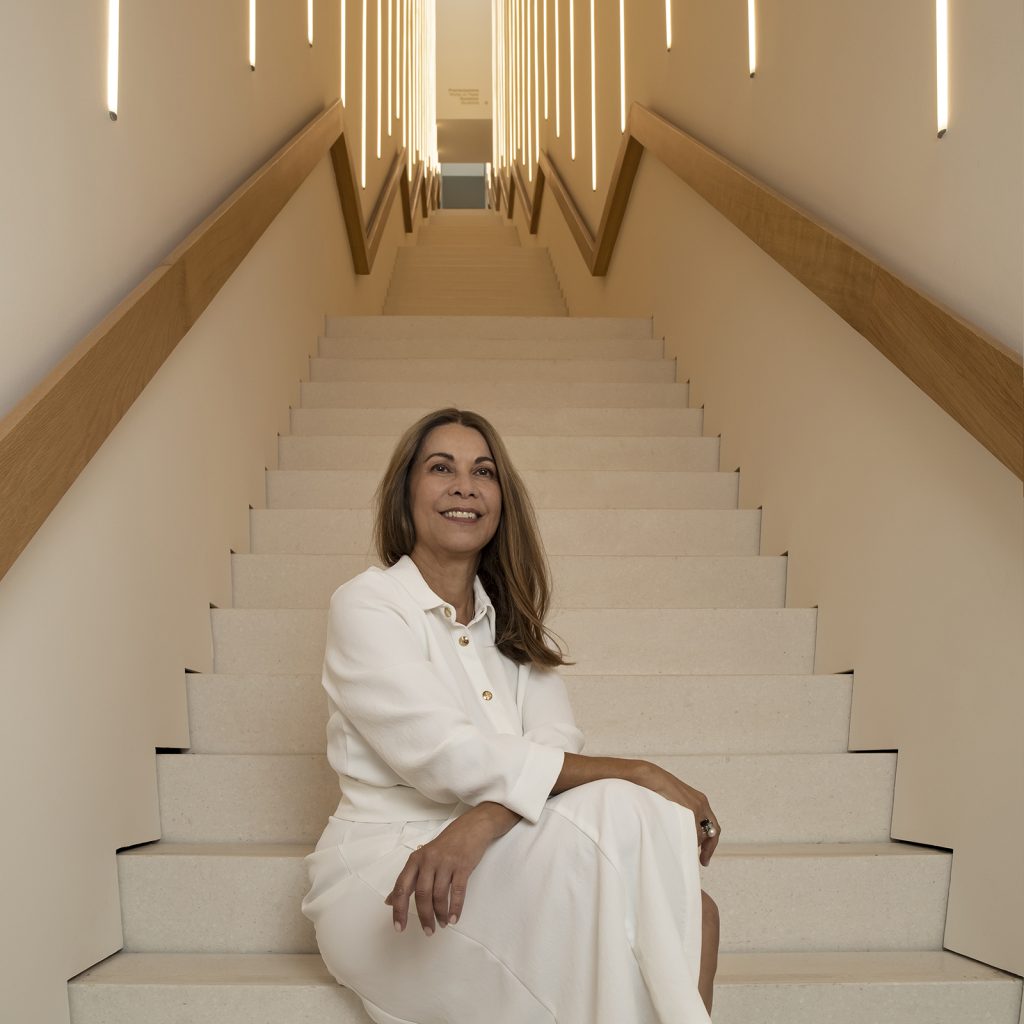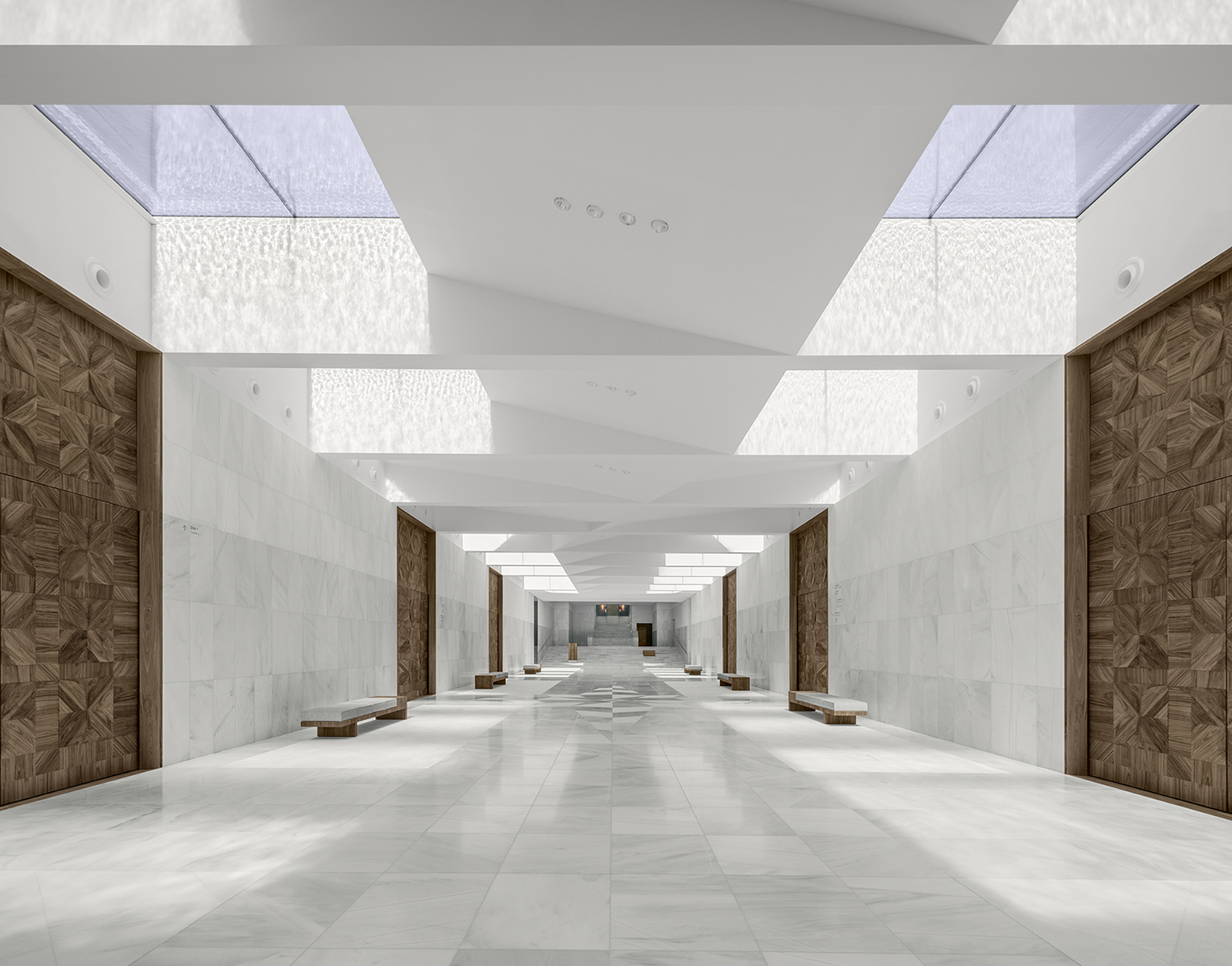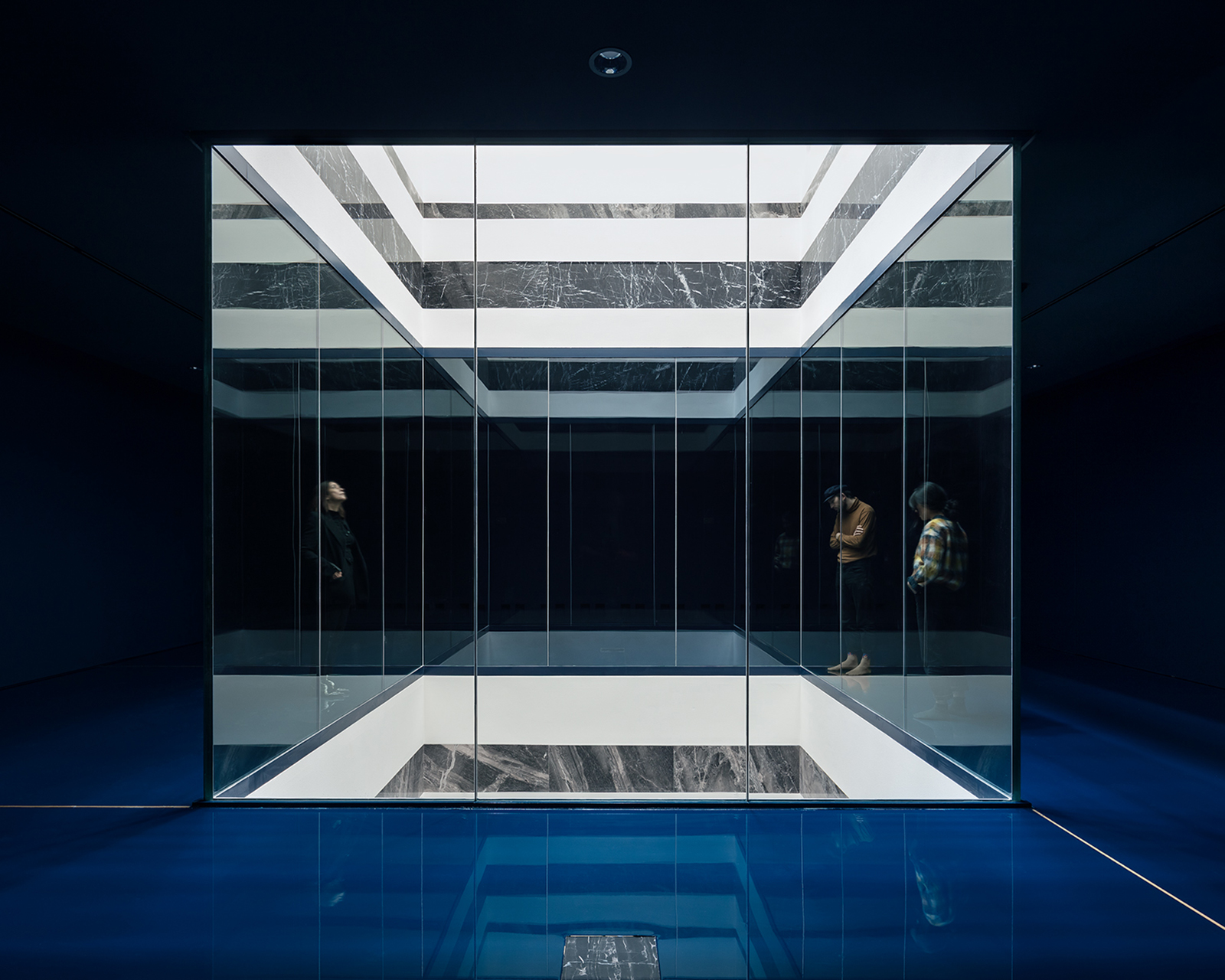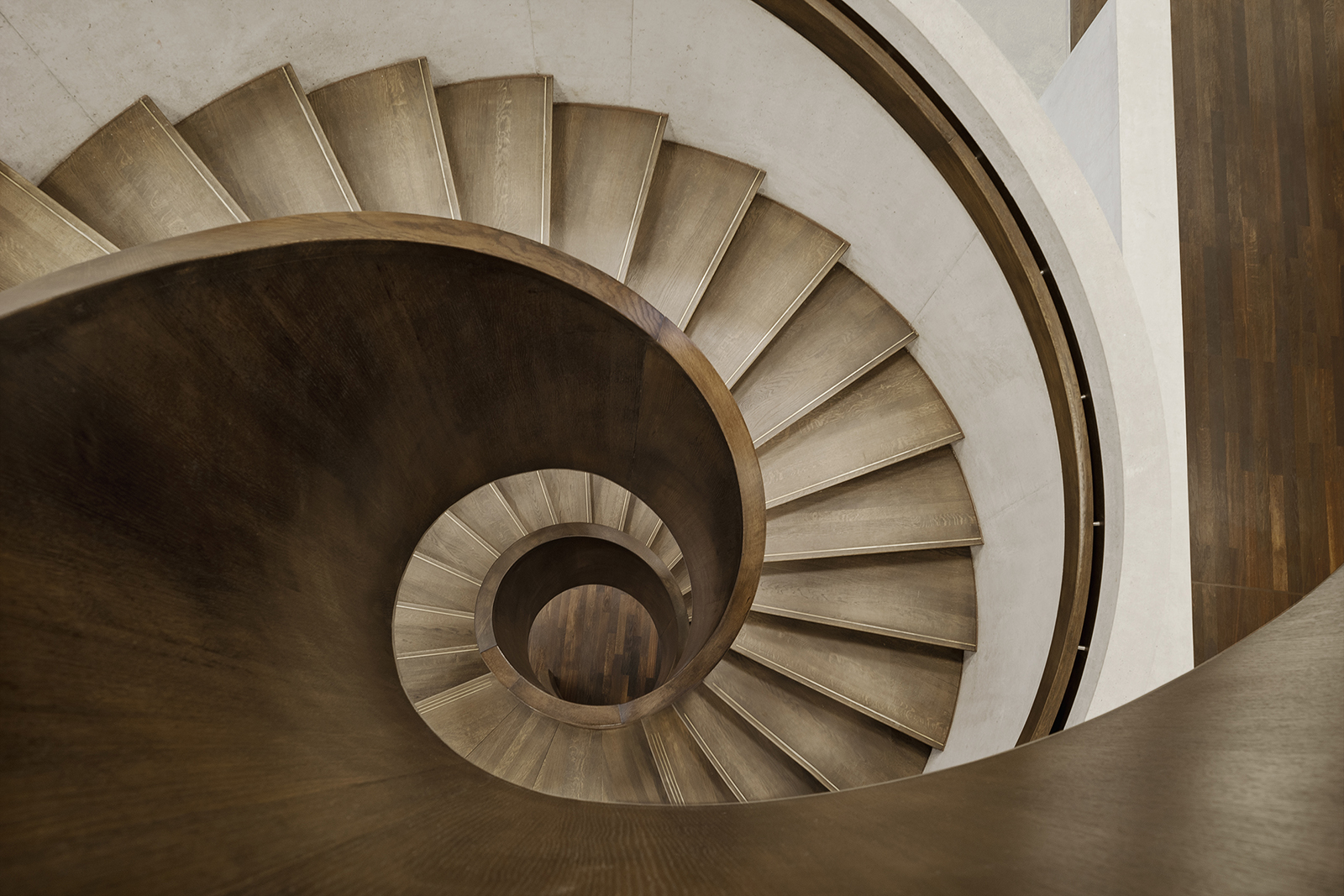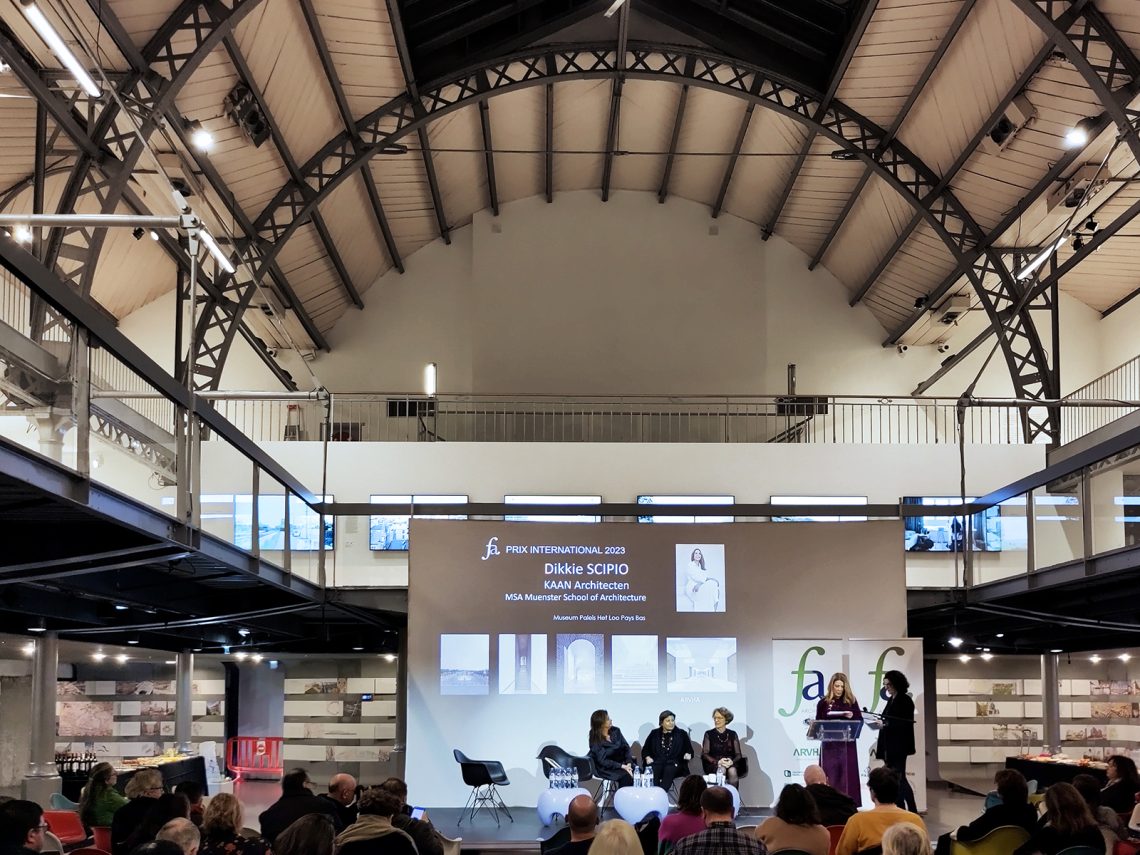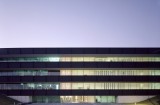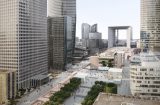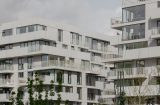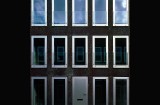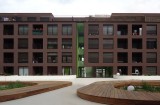20/04 2022
KAAN Architecten to renovate Museum Catharijneconvent in Utrecht
We are proud to announce our winning proposal for the renovation of the Museum Catharijneconvent in Utrecht. The assessment committee, led by Chief Government Architect Francesco Veenstra, unanimously opted for our vision in which the monument and the new architecture optimally reinforce each other.
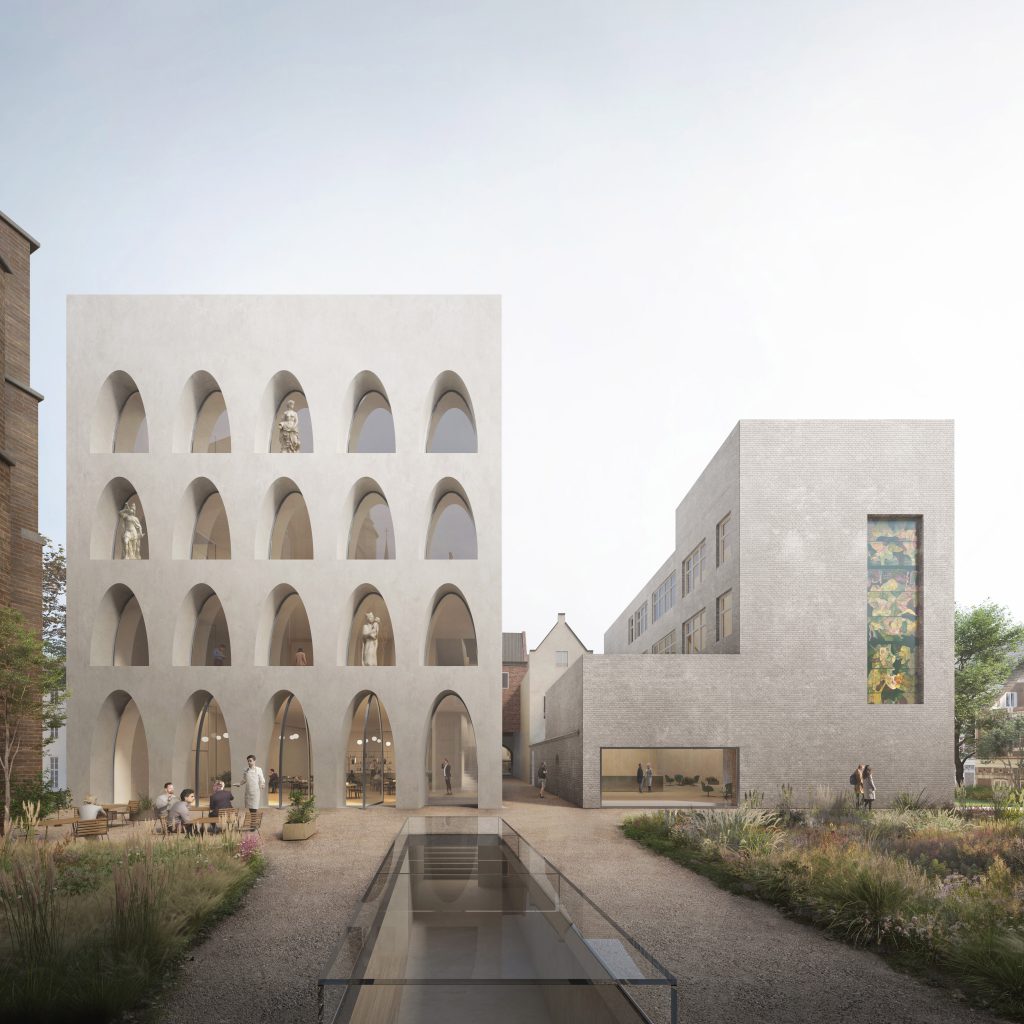
The committee appreciated the integrated attention to the visitor experience and the interplay between old and new. They also praised our reflection on the museum’s contents, in which daring interventions bring unity to the entire complex. On this assignment, we worked together with Origin Architecture & Engineering, who contributed with their expertise in restoring and renovating monuments and landscapes.
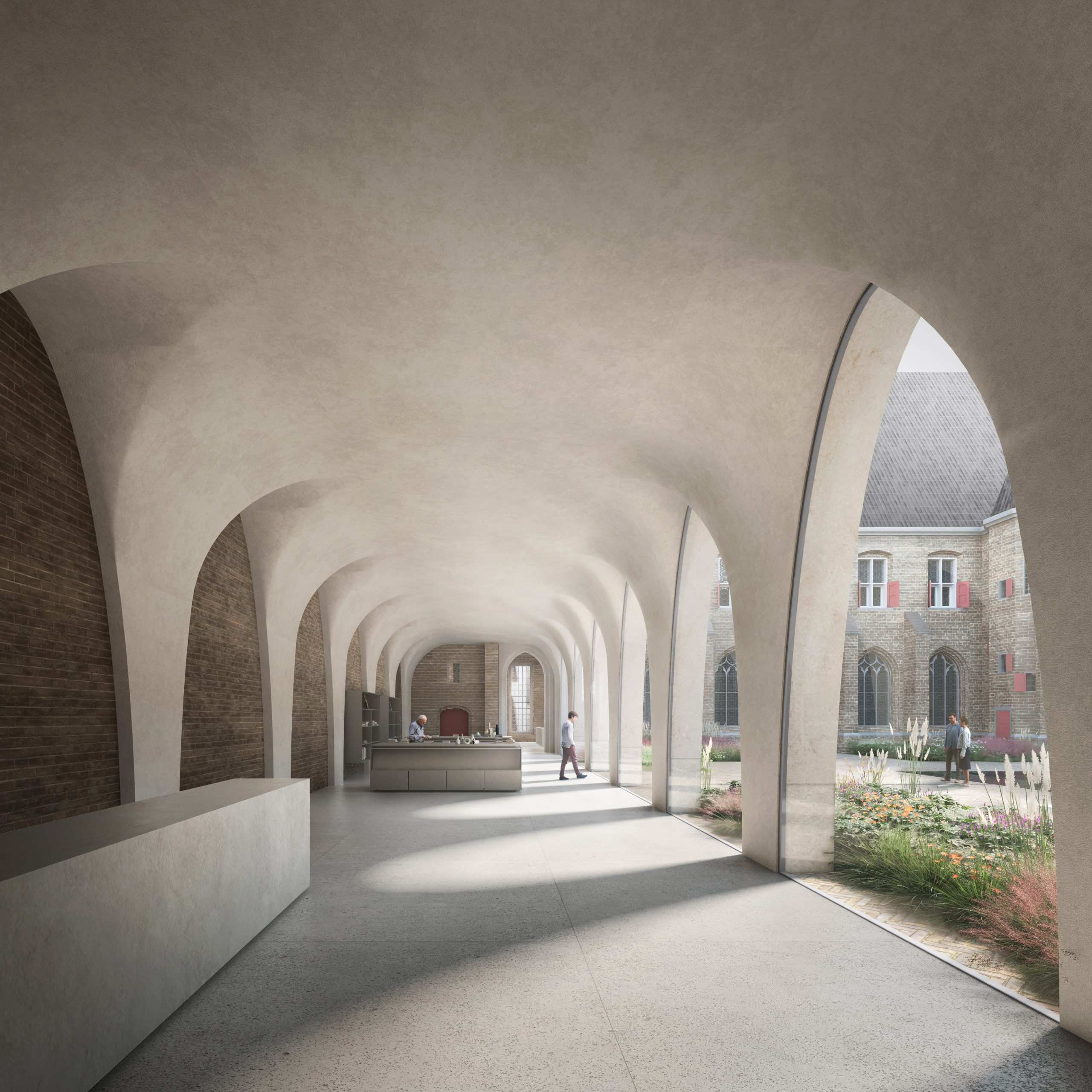
Museum director Marieke van Schijndel says: ‘We are delighted that KAAN Architecten will be making the design for our new museum. The current museum building has a capacity of 100,000 visitors per year and no longer meets the needs of the 160,000 exhibition visitors, school children, families and tourists we receive every year. The vision of KAAN Architecten is a brilliant translation of our ambitions and makes the building, which is so linked to Utrecht history, part of the visitor experience. The proposal solves logistical challenges, provides space for all our visitors and offers opportunities for sustainability. We will have more space for our temporary exhibitions and the outdoor spaces will become more accessible’.
We are looking forward to developing the vision for Utrecht’s historical landmark. Find more information about the project here.
Images are by Filippo Bolognese.
